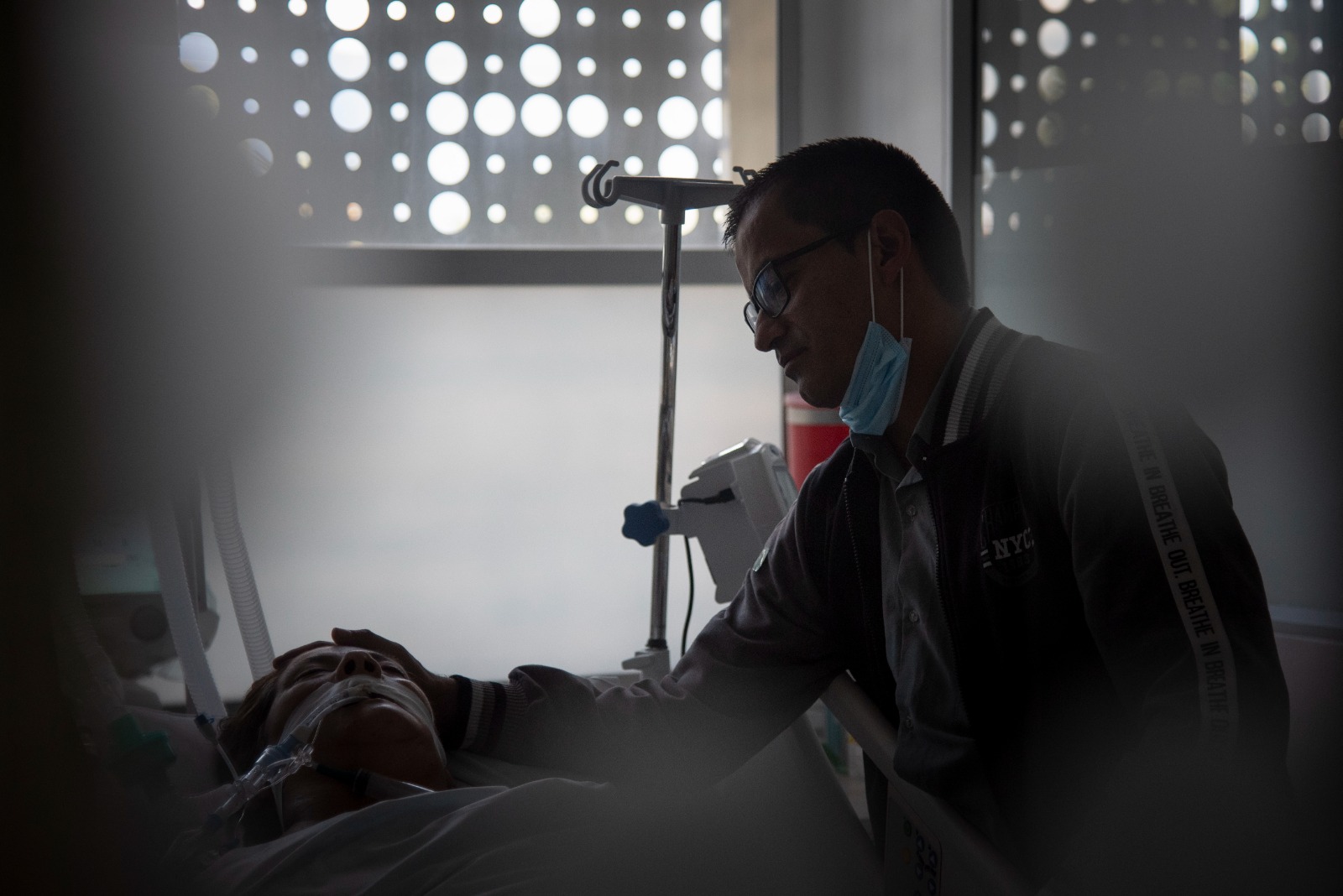Considering that chemotherapy and radiotherapy generate adverse effects in cancer patients -such as nausea, dizziness, hair loss, fatigue, diarrhea, constipation or loss of appetite-, researchers from the National University of Colombia (UNAL) La Paz Headquarters they project a localized and non-extensive therapeutic alternative in the body, which would be less “aggressive” than the other treatments.
This project was born in the Biodiversity Research Group for Society and the Control, Robotics and Automation Research Seedbed (Sicora) of the UNAL Headquarters in La Paz and won the “National Call for the promotion of interdisciplinary strategic alliances that articulate the processes missionaries of the UNAL 2022-2024”.
Its purpose is to treat the disease with biocompatible hydrogels, functionalized with magnetic nanoparticles as vehicles for the delivery of agents such as gemcitabine/Nab-Paclitaxel in pancreatic tumor cells through external magnetic fields.
Automation engineer Juan Vaca González, professor of Engineering at the UNAL Headquarters in La Paz, explains it this way: “Let’s imagine a magnet and a coin; when I bring the magnet closer to the coin and start to move it, the coin will start to move in the direction of the magnet’s movement. This phenomenon is due to the magnetic field that is generated between the materials that make up both the magnet and the coin”.
“Now let’s think that the coin is our material, which contains the drug (gemcitabine/Nab-Paclitaxel) and magnetic nanoparticles, while the magnet will be a device that generates a magnetic field, called a solenoid.”
By moving the solenoid, the material to be developed (the coin) will move in the same direction. This phenomenon will allow the drug to be moved right to where the tumor is located.
Now, if we make the magnetic field more intense, the nanoparticles will move and allow the drug to be released and dispersed in the tumor, which would cause its reduction or elimination; this is what is called controlled release of the drug.
That is also why we talk about a “release vehicle”, so that the drug is released when the magnet activates it, in the case of the example it would be the coin.
The academic notes that this initiative would not only serve as a starting point to improve the effectiveness of drugs in patients with pancreatic cancer, but also to reduce the adverse effects generated by high concentrations of chemotherapeutic agents in the body that usually occur in common therapies for the treatment of this disease.
Pancreatic cancer represents one of the most important clinical challenges in modern oncology; Despite the fact that it has a low incidence, its mortality rate is one of the highest among the different types of cancer, which makes it a disease of significant importance in public health.
In fact, it is characterized by the difficulty of detecting it in its early stages, which makes it a pathology resistant to chemotherapy and radiotherapy. This is stated in volume 18 of the Revista de Salud Pública, in the article “Factors associated with one-year survival of patients operated on for ampullary or pancreatic cancer”.

In this context, tissue engineering has advanced the design of biomaterials as a promising approach that simulates the structural, biophysical, biochemical, and biomechanical characteristics of a tissue. In fact, three-dimensional structures can be designed to favor the localized administration of drugs in the resection cavity of the tumor.
The researcher points out that “magnetic biomaterials are one of the alternatives to locally administer drugs, since magnetic nanoparticles can be manipulated by external magnetic fields, which allows the drug to be delivered to the specific area and not throughout the body when they irradiate the drug in chemotherapies or radiotherapy”.
THE PROJECT
The Semillero Sicora initiative is led by Professor Vaca, who will work with the teaching co-investigators: Diego Garzón, Alex Arbey Lopera, Flor Ángela Bravo, Claudia Arenas, Carlos Caicedo and Óscar Suárez. The students Esteban Andrés Rodríguez, Vanessa Alexandra Narváez Brito and Juan Felipe Sánchez Gutiérrez will also participate. The external actor will be the University Foundation of the Andean Area Bogotá Headquarters, represented by Professor Carlos Orozco.
The academic Vaca takes the opportunity to extend the invitation to a postdoc: “Currently the Minciencias “Call for postdoctoral stays” is open, so we are looking for a person with knowledge in biomaterials, cancer line cell culture and release of drugs”. Those interested can write to [email protected].
